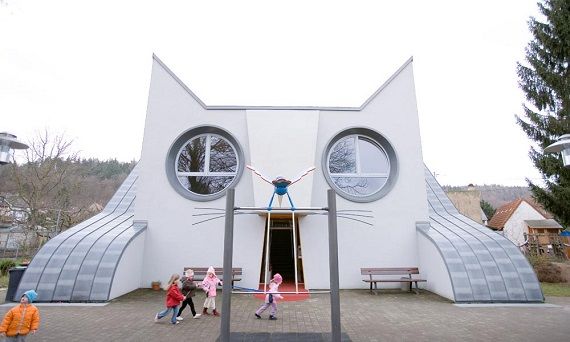 Is the Facebook trending algorithm ruling your social web experience?
Blogs are dead
Is the Facebook trending algorithm ruling your social web experience?
Blogs are dead,
Facebook is dying, and
the machines are taking over. That seemed to be a popular theory just a few months ago. Now, maybe these ill-fated feelings resonate with the idea strongly rooted in western culture that if something isn’t growing, it’s necessarily dying. But it does raise interesting points for debate.
As
Jason Kottke stated in a later post, blogs aren’t really dying. They have, however, lost their former relevance as content providers for news pages and feed aggregators. Blogging has become an enclosed ecosystem, operating internally within its own sphere. More importantly, the blog format, the iconic reverse-chronological stream that became an almost universal reference of web-page design, is being replaced by automatic trending algorithms.
Pages like Facebook, Twitter, Pinterest, use complex algorithms to determine what topics are trending in the moment. That means that posts, or entries, are attributed a degree of importance that is determined automatically, based on the number of “likes”, “comments” and “shares” that they receive.
The problem is that things may not be as transparent as they seem. In the case of Facebook, trending has been the default visualization mode for some time now. The option to view entries in chronological order was available at the top of the news feed, making it plainly visible. However, it didn’t seem to memorize your preference. Once you logged back in, it reverted to Facebook’s default option.
The recent redesign brought by Facebook introduced a curious subtlety. This option is still reasonably accessible, but it is hidden in the news feed button, making it less obvious for many users. Also, once you choose the chronological option, a message appears at the top of the stream, and stays there, advising you to go back to what it considers “the most important” posts.
What does this mean? It means that Facebook is subtly imposing its trending algorithm on you. This is a profound transformation of the way we’ve been accessing information on the internet. It values what is most popular, but disregards the uniqueness of what is special. As a consequence, you will not see many of the things that are being posted by your friends or the pages you follow. And it gets worse. Facebook’s monetization system allows pages to pay small fees to promote their posts and access a wider range of users. As expected, paid posts will be valued preferentially by its algorithm.
Veritasium has an
interesting analysis of this problem.
Because most people tend to use Facebook’s default visualization option, it allows Facebook to manipulate its criteria of relevance to leverage its business model. It seems to do so by imposing a curious mechanism: as a page grows in followers, its posts seem to reach less and less users, in relative terms, “inviting” page owners to promote their posts, paying Facebook’s fees. Such system, of course, wouldn’t work if every user chose the reverse-chronological visualization option.
Which raises a fundamental question: should we allow trending algorithms to determine the way we access information online and ultimately rule our internet experience?




